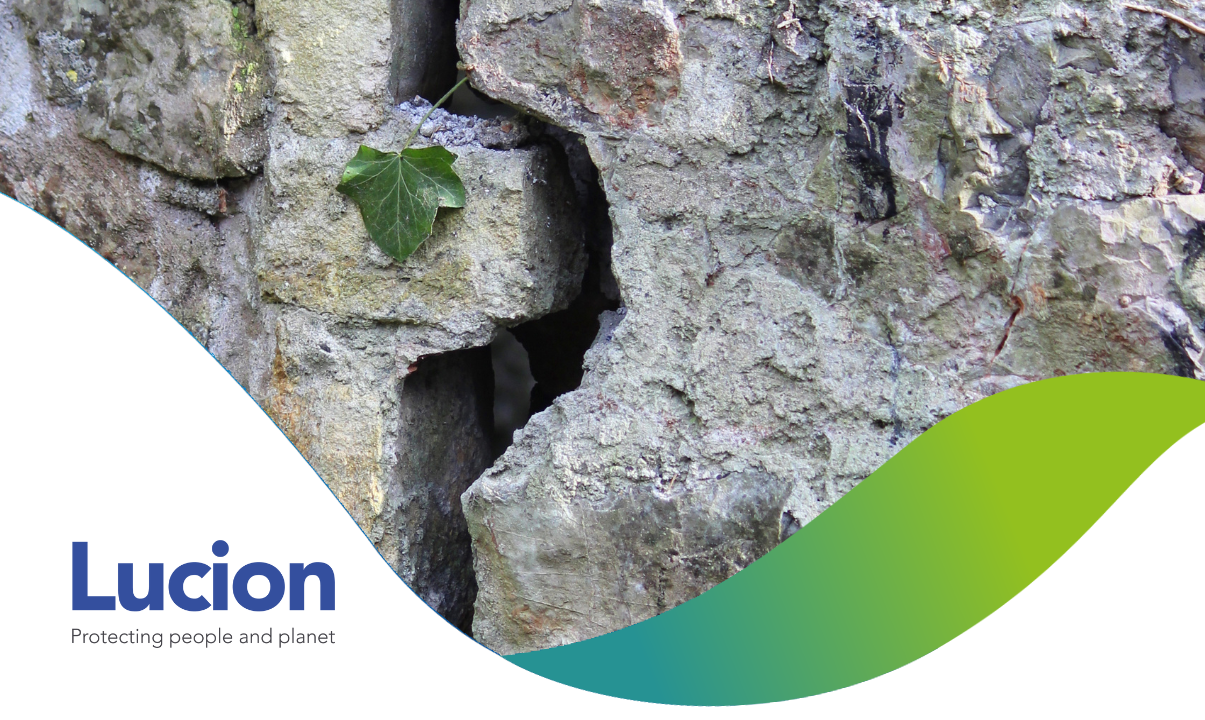Subsidence, the gradual sinking of the ground beneath a building, threatens properties across the UK. With climate change exacerbating the risks, an estimated 1.2 million additional homes are expected to be at risk by 2050. In this FAQ, we outline the causes, consequences, and mitigation strategies for this growing problem.
What are the signs of subsidence and how can you prevent it?
Some common signs of subsidence include:
- Cracks in walls, particularly around doors and windows or where an extension joins the main building
- Misaligned or sticking doors and windows
- Sagging or sloping floors
- Rippling wallpaper that isn’t caused by damp
- Cracks or sagging of boundary walls
- Cracks in the exterior brickwork If you notice any of these signs, it’s important to have a professional assessment as soon as possible to determine the cause and appropriate course of action.
Can subsidence be prevented?
While subsidence cannot be completely prevented, there are steps property owners can take to reduce their risk, such as:
- Properly maintaining trees and vegetation around the property
- Ensuring effective drainage systems are in place
- Promptly repairing any leaks or damage to water pipes
- Monitoring for early signs of subsidence and taking proactive action Working with a subsidence specialist like Lucion can also help identify potential risk factors and develop a tailored prevention strategy.
Is subsidence covered by insurance?
Most buildings insurance policies in the UK do cover subsidence, but there may be some exclusions or limitations. It’s important to carefully review your policy and discuss any concerns with your insurer. Keep in mind that premiums may be higher for properties with a history of subsidence, and you may need to pay a higher excess in the event of a claim.
How long does subsidence remediation take?
The timeline for subsidence remediation can vary widely depending on the extent of the damage, the underlying cause, and the chosen course of action. In some cases, minor cracks may simply need to be monitored over time to ensure they don’t worsen. More extensive damage may require underpinning or other structural repairs, which can take several months to complete.
Your subsidence specialist will be able to provide a more detailed timeline based on your specific situation.
Can I sell a property with subsidence?
Yes, it is possible to sell a property with subsidence, but it may be more challenging, and you may need to accept a lower price.
Buyers may be hesitant to take on a property with known subsidence issues, and mortgage lenders may be less willing to provide financing. If you do decide to sell, it’s important to be transparent about the subsidence and any remediation work that has been done. Working with a specialised surveyor and estate agent can help you navigate the process and minimise potential losses.
At Lucion, our experienced team is dedicated to helping property owners, managers, and investors protect their assets from the risks of subsidence. We offer comprehensive subsidence risk assessments, state-of-the-art monitoring solutions, and expert remediation services.
By working with us, you can trust that your property is being proactively monitored and protected, with personalised, data-driven solutions tailored to your unique needs and challenges.

























